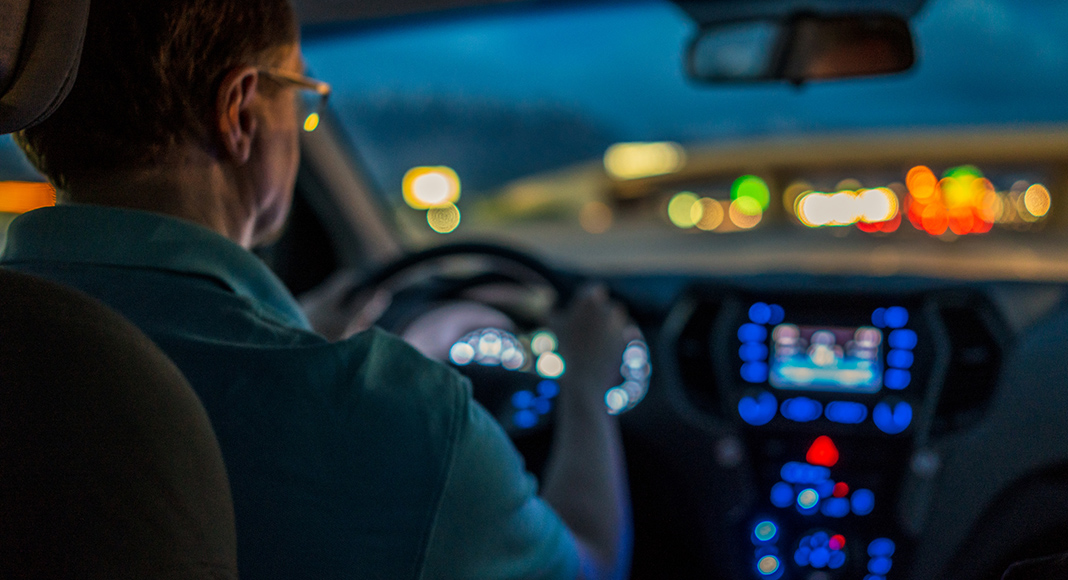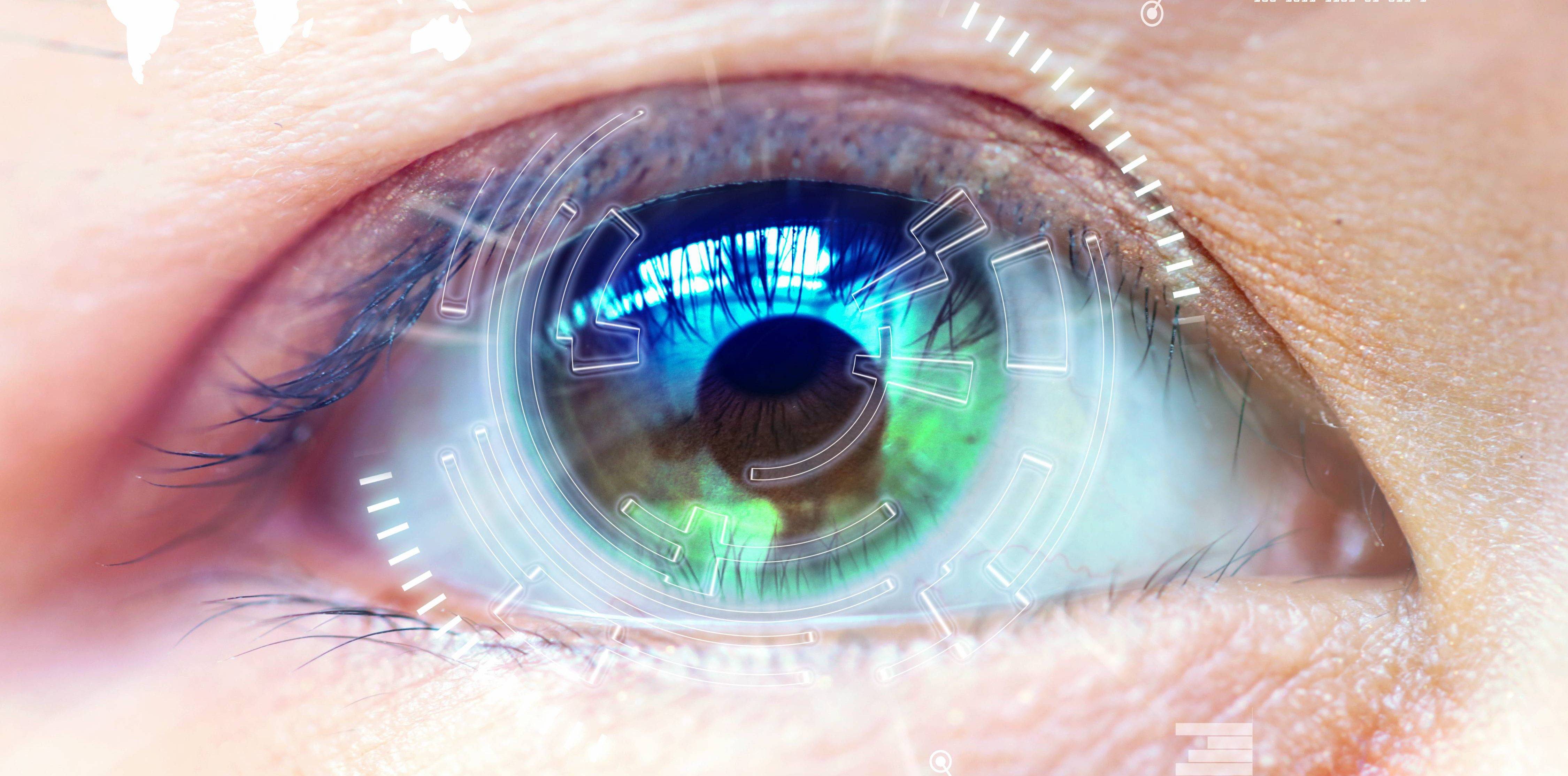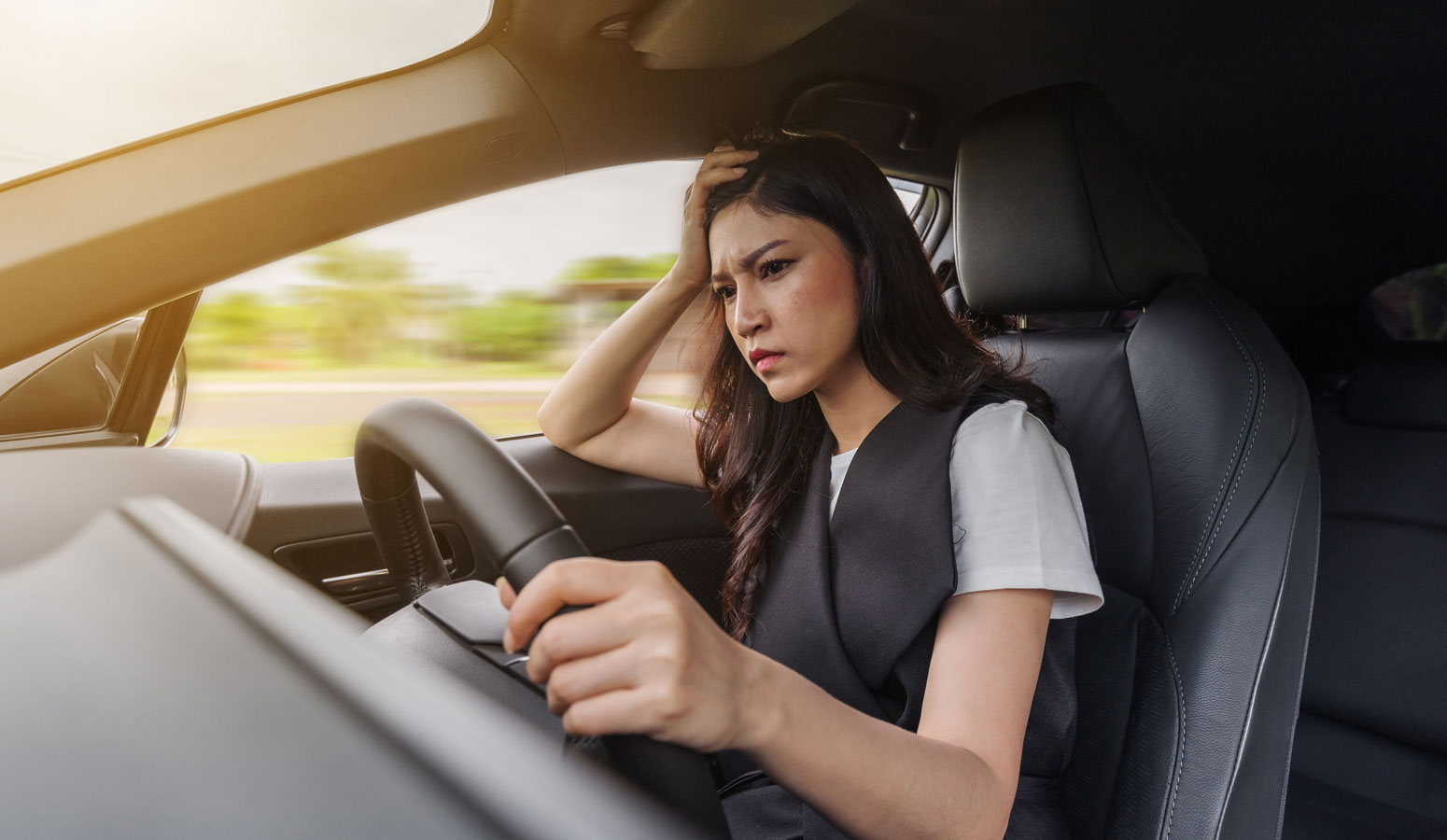Night Driving Tips for Ensuring Safety In the Dark
Drivers without night blindness report feeling less at ease behind the wheel after dark. You may be more precarious if you add low visibility to additional dangers, like bad weather or exhaustion, especially when renting a car in Dubai. Especially for newer drivers who may lack the knowledge and confidence necessary for night driving, it's important to remember some basic safety precautions whenever you get behind the wheel. Reports show that the number of people killed in car accidents increases by as much as three times during the late evening and overnight hours. However, you may choose to take a road trip at a time when it is less risky to do so; the following tips might help you make the most of your time behind the wheel at night.
One should never go behind the wheel with broken or dirty lights or windows.

Use a clean Windshield
If you've ever gone on a road trip, you know how quickly dirt can accumulate on the windshield. The NHTSA has been alerted that accumulated dirt and dust can increase the glare from other vehicles and street lights, impairing your ability to see the road. Cracked windshields can have a similar impact; thus, you should repair them before setting off. Dirty or broken headlights further reduce poor visibility since they emit less light on the road ahead. Keep your lights and windows clean before you leave, and use the squeegee and water bucket you can obtain at most petrol stations to re-clean them as needed. Bring your own if you'd rather avoid the possibility of germ contact with items that a large number of people have handled recently.
Regular vehicle maintenance
To minimize the hassle of dealing with automotive problems, it is essential to keep up with regular vehicle maintenance. The NHTSA recommends getting an oil change, checking the battery, and rotating the tires within the last three months. As we've already mentioned, repairing a damaged windshield or faulty headlight will make nighttime driving less of a hassle and a safety hazard. If your headlights suddenly stop working, have your mechanic check to see if they have become misaligned. Make that both the low and high beams are working correctly by testing them.
Avoid driving at night if you have weak night vision
If you have trouble seeing in the dark, don't go behind the wheel after dark. If you're often squinting at the wheel at night, the mere thought of driving could be stressful. In addition to nearsightedness, the Clinic lists medicines, cataracts, and the inherited disorder retinitis pigmentosa as potential causes of blurry night vision. The American Optometric Association reports that as we become older, our eyes adapt by, among other things, becoming more sensitive to light reflection. Updating your glasses or contact lenses may solve some vision problems, such as nearsightedness. However, cataract sufferers would need surgery to remove the film from their lenses before seeing any benefits. Finally, consult your eye doctor if you have any worries about your eyesight or whether or not you should be driving your car or any rented car from the best car rental company in Dubai at Caryaati.

Put on the high lights when driving
It's dangerous to drive without using your high beams at night is dangerous, especially in unfamiliar or remote locations. This is the recommended setting when no oncoming traffic is present, according to the American Association of Motor Vehicle Administrators. Turn down the high lights when another vehicle is approaching, and turn them off when driving in the rain, snow, or fog. (Or, with some vehicles, you can utilize fog lights when driving in low visibility.)
Always use caution while behind the wheel
This term may ring a bell from your days of driver's ed. Many of these measures are likely already second nature to you, such as checking your blind spot before switching lanes. Nighttime driving requires extra caution because it's more challenging to spot obstacles like animals, pedestrians, and road signs. The chance of an accident between a car, renting a car in Dubai, and a bicyclist or pedestrian is exceptionally high at night.
In addition to practicing safe driving techniques (which you may review here), increasing visibility can help you avoid collisions. According to NSC's specialist on driver safety and defensive driving, Ryan Pietzsch, there are two options: When conditions warrant, you can reduce your speed and turn on your high lights without endangering the sight of oncoming traffic. If you are facing any problems you can contact with our 24h customer support team or share your trip details. We at Caryaati will handle your all daily, weekly, or monthly car rental services with professional drivers including tunned cars for you.
Have a look at the speed
We'll state the obvious and say that speeding is never a brilliant idea. However, nighttime driving presents unique dangers, making it crucial to stick to the speed limit. If you're going fast, you won't have enough time to react if anything suddenly appears on the road. In addition, you should leave at least three seconds of space between your car and the car in front of you.
"This can be measured by recognizing a fixed object at the border of your lights and then counting 1, 2, 3. Turn on your high lights and slow down if you pass that stationary item before the count of three.
Last but not least, it's important to drive at a safe speed for the current road conditions. As advised by the Administration of Federal Motor Carrier Safety, reduce your rate by a third on wet roads and by half in the snow.

Keep an eye out for drivers under the influence.
According to Pietzsch, there are more drunk drivers on the road at night, and they pose a threat to other motorists. If you can, try to avoid driving on weekends between midnight and 3 a.m., when the NSC reports the highest number of drunk drivers on the road.
If you're looking for signs of impairment in a motorist, Pietzsch says to keep an eye on how fast they're going, where they are in the lane, and how quickly they react. As an illustration, Pietzsch explains that the driver may be impaired if you notice a car appear from the right side of the road to the center line and back to the right over a short distance. If you want to avoid being run over, he recommends increasing your following distance to four seconds or more.
Unexpected braking at a stoplight or stop sign is another warning flag that the driver may be intoxicated (like if there are no other cars in front of them). In such a case, it's best to back off a bit so as not to be too intrusive.
Don’t drive if you are tired.
Keep yourself well-rested and alert before getting behind the wheel. However, your brain produces more melatonin, which induces sleep, when it's dark, so you're more likely to nod off behind the wheel. Humans are biologically programmed to sleep at night, there is a greater chance of accidents involving drowsy drivers occurring after dark.
Long periods of driving are not recommended because it is not safe to presume you won't get sleepy. The Disease Control and Prevention Center reports that after 18 hours of wakefulness, a person's reaction time is the same as if they had a BAC of 0.05%. To put this in perspective, the legal limit for intoxication in all 50 states is 0.08% blood alcohol concentration.
If you feel sleepy or your eyes begin to droop, you pull over to a secure location and resume driving the following morning.

Always have a plan B ready in case of Emergency.
It is advised to all drivers always to have emergency equipment in their cars, as even the most well-maintained vehicles can have a mechanical failure. A cell phone and charger, a first aid kit, a flashlight, flares, jumper cables, a tire gauge, some nonperishable food, some additional windshield washer fluid, some blankets, and a portable radio are all good ideas. During the pandemic, it's also a good idea to pack some extra face masks and antimicrobial wipes to clean any high-touch surfaces you could encounter at the gas station or the motel. Identify nearby petrol stations and accommodation before setting off on your journey. If something does happen along the route, you will know exactly where to stop. Pietzsch suggests you start your drive with a fully charged phone. (It's even better if you have a car charger to keep your phone set the whole time.)
If you're ever in a dangerous situation at night, number ten is to make yourself noticeable.
If your car is damaged on the road, it's best to pull over to a service station or parking lot where you won't be in the way of traffic before phoning for help. If you cannot stop in one of these areas, Caryaati is the best car rental in Dubai advises that you pull over to the shoulder rather than stop in traffic. If a car is stopped on the shoulder, other motorists may not see it and rear-end it. It's crucial to make yourself more visible if you have to pull over to the side:
- Turn on your warning lights.
- Put on your reflective safety vest.
- Set off your flares behind your vehicle (while staying safe from traffic, of course).
Even if you're an expert at changing tires, doing so in the dark on the side of the road puts you in unnecessary danger of getting hit by another vehicle. However, a little forethought goes a long way toward ensuring the security of your travels. And if you follow these suggestions, you should be able to have a more relaxing and pleasurable trip.



Comments
Post a Comment